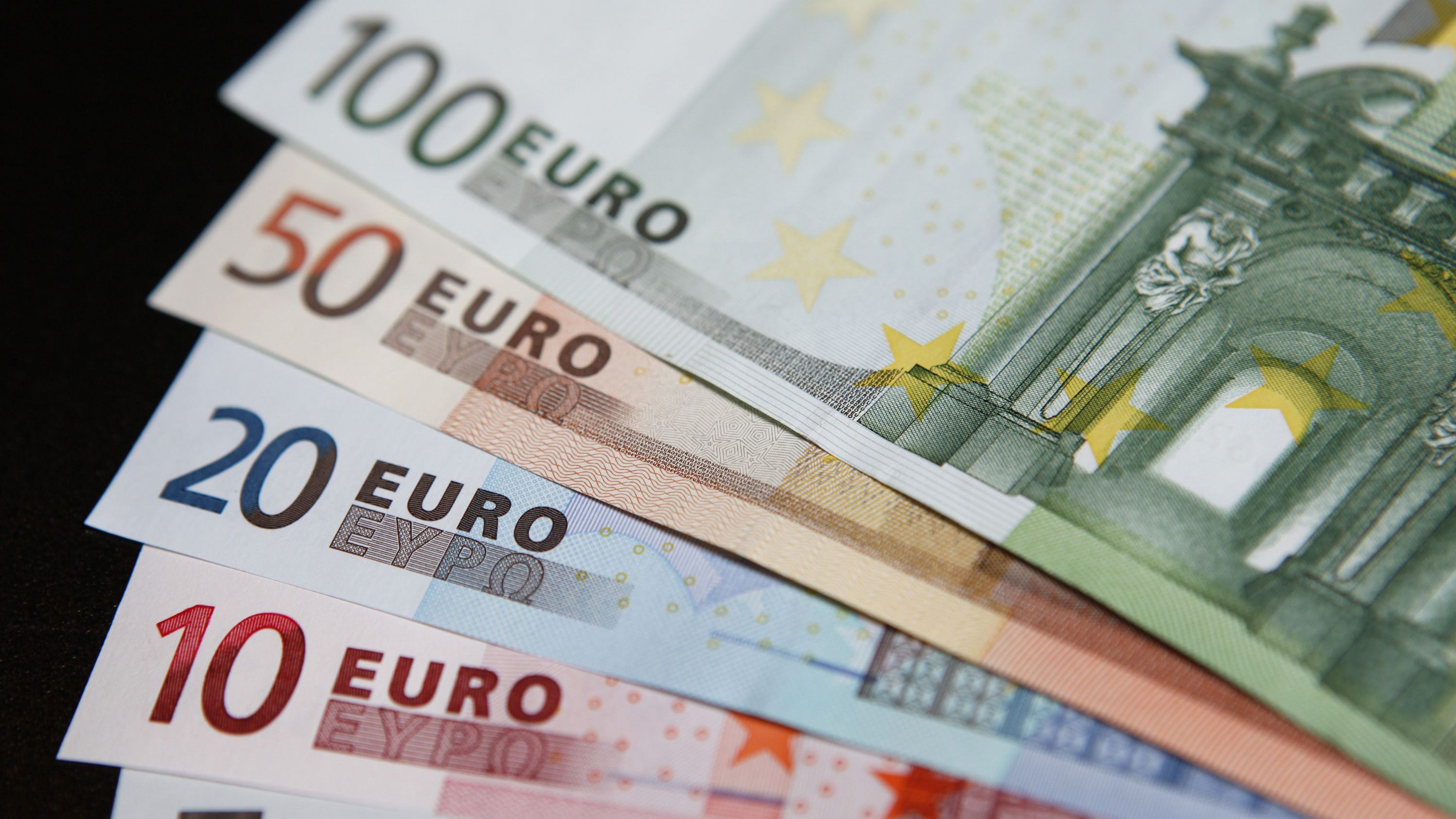Indebtedness level at 357% of GDP in Portugal. Lower than in 2017
The non-financial sector's indebtedness level includes the whole economy, excluding the banking system. In comparison to the previous year, BdP's data shows there was a reduction of indebtedness.
The Portuguese economy’s indebtedness level stood at €716.1 BN, €700M less than the previous year, according to the data released this Thursday by the Portuguese central bank (BdP). In proportion to GDP, it went down from 368.4% in 2017 to 357% in 2018.
This is the lowest indebtedness level since the third quarter of 2010. The economy’s indebtedness level has been lowering for 17 trimesters in a row.
In November 2018, the indebtedness level of the non-financial sector was at €723.1 BN, showing that there was a drop in the final stretch of 2018.
More than half of the indebtedness is a result of the private sector’s activity (which includes companies and households). Out of the total €716.1 BN, €317BN were generated by the public sector and €399.1 BN were a result of the private sector’s activity.
However, it was a reduction in the private sector’s indebtedness that motivated the overall reduction of the total indebtedness level in the country, which went down due to “an increase of €4.8BN in the public sector’s indebtedness level and a reduction of €5.5 BN in the private sector’s indebtedness”, the central bank showed on their statistics report.
The non-financial sector’s indebtedness is calculated looking at the indebtedness level of public and private companies, as well as families’ indebtedness. It does not include the banking system’s and financial institutions indebtedness.
The central bank also explained that the “increase in indebtedness in the public sector was motivated by an increase in loans granted by the financial sector, by its own administrators and private investors. This increase was partially offset by the decrease in financing received from outside and from other companies”.




